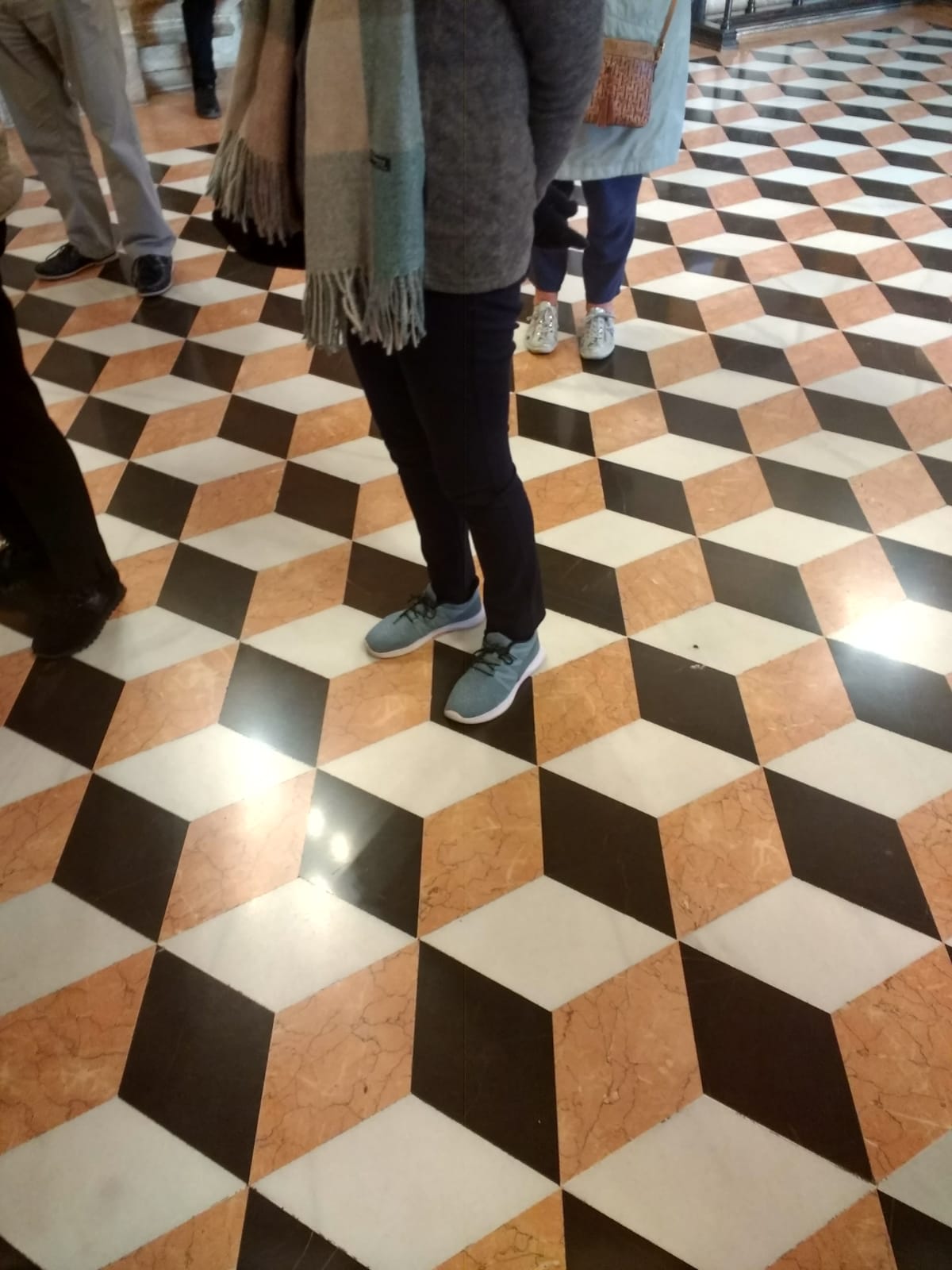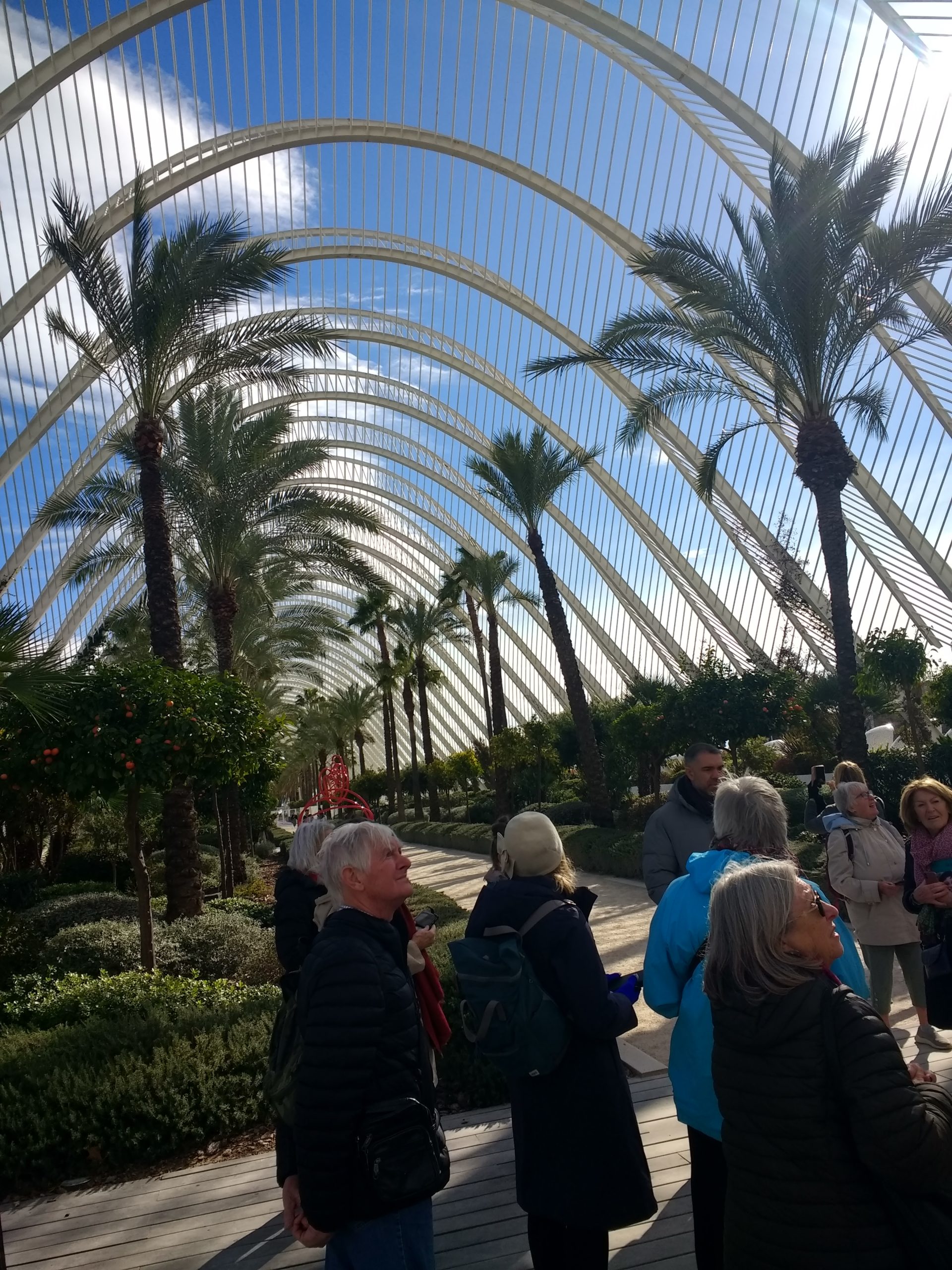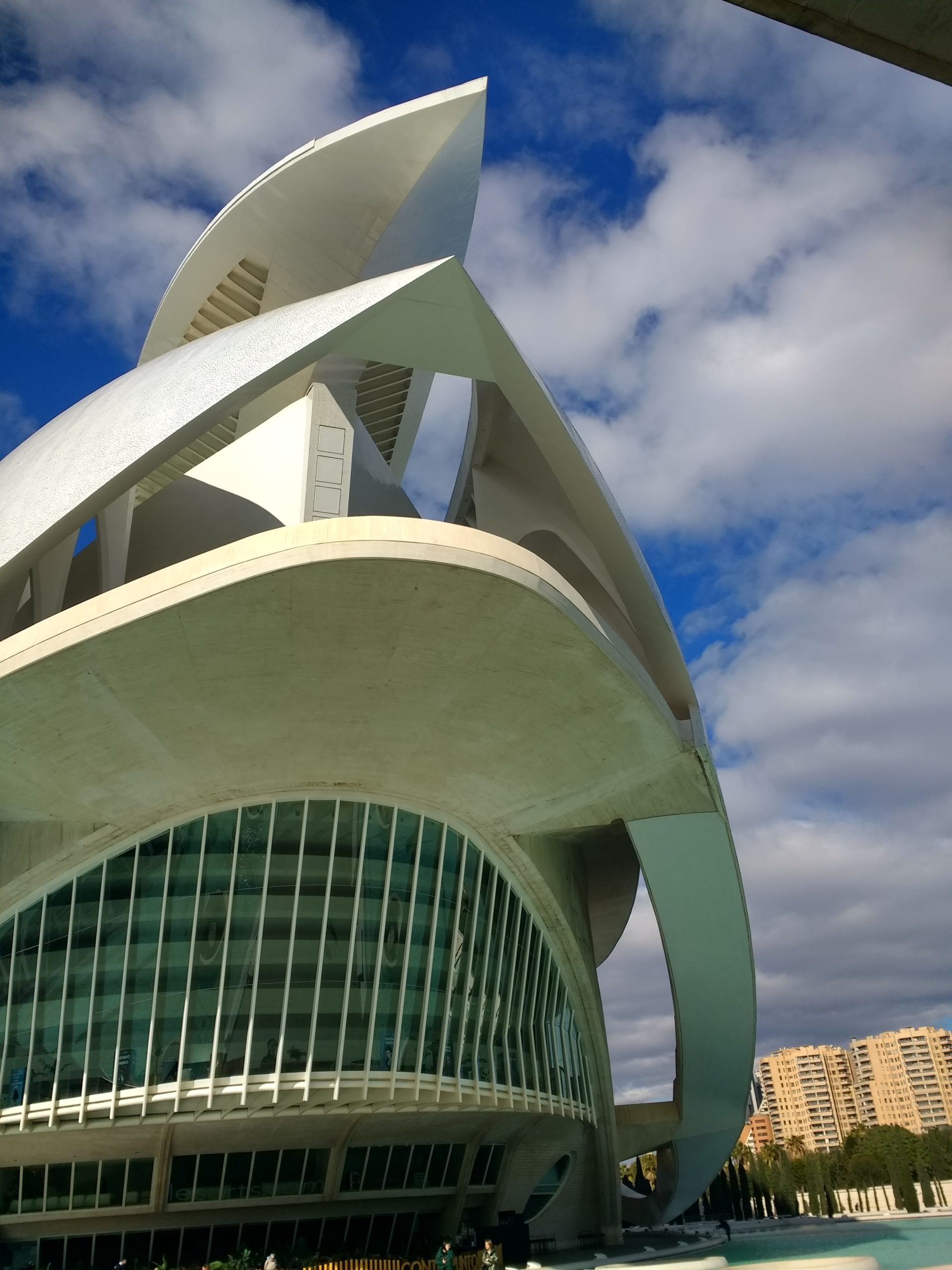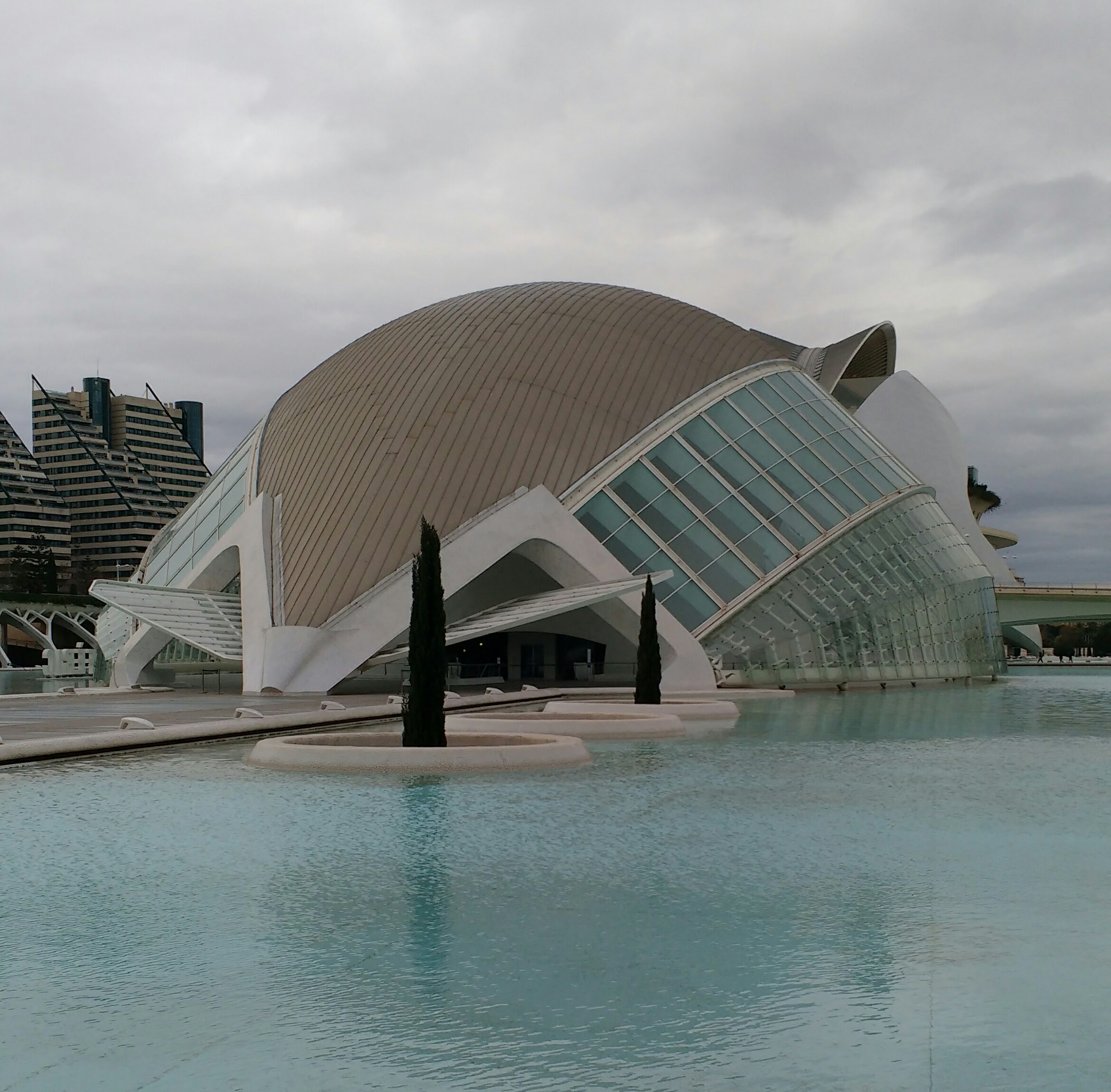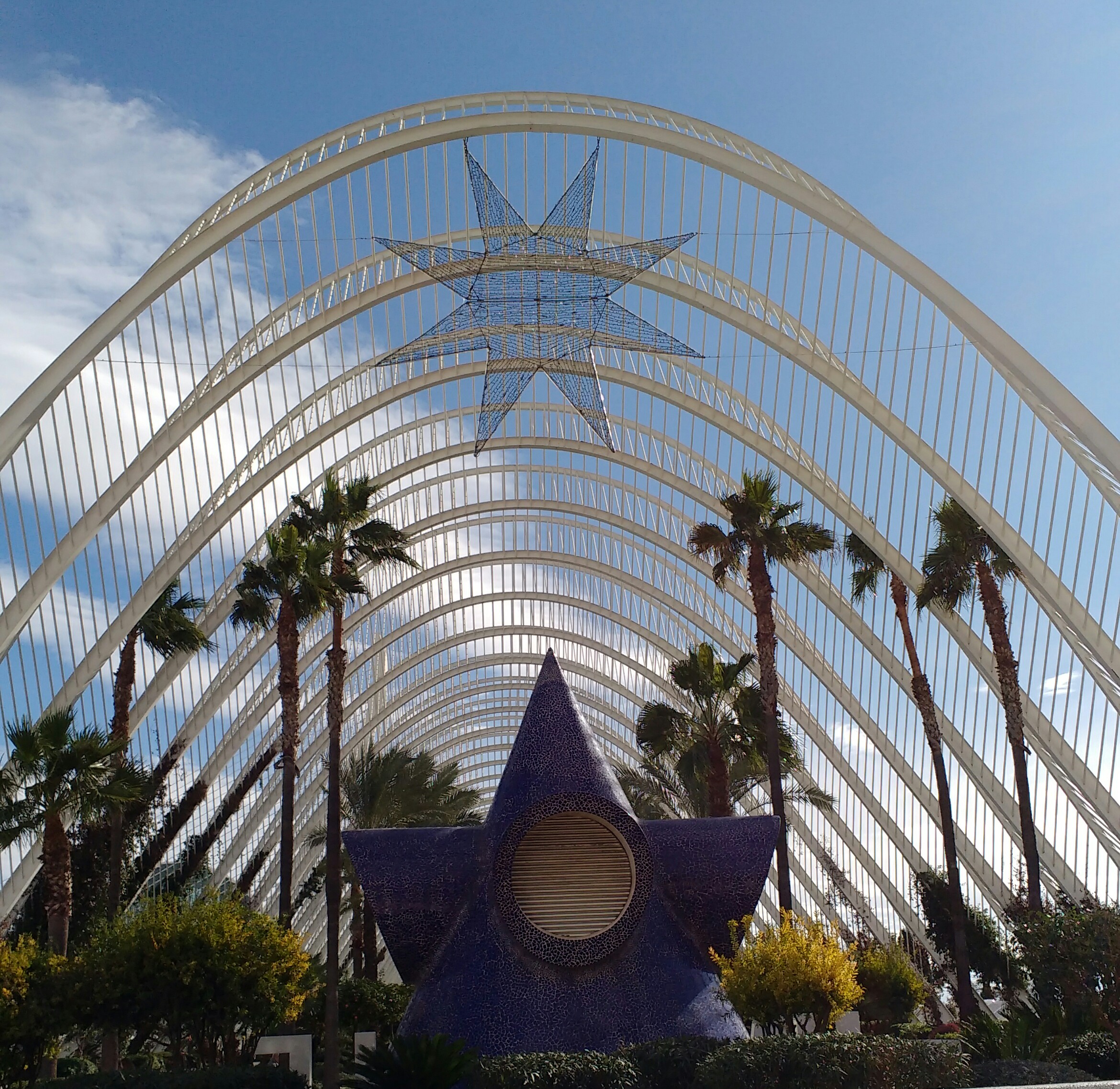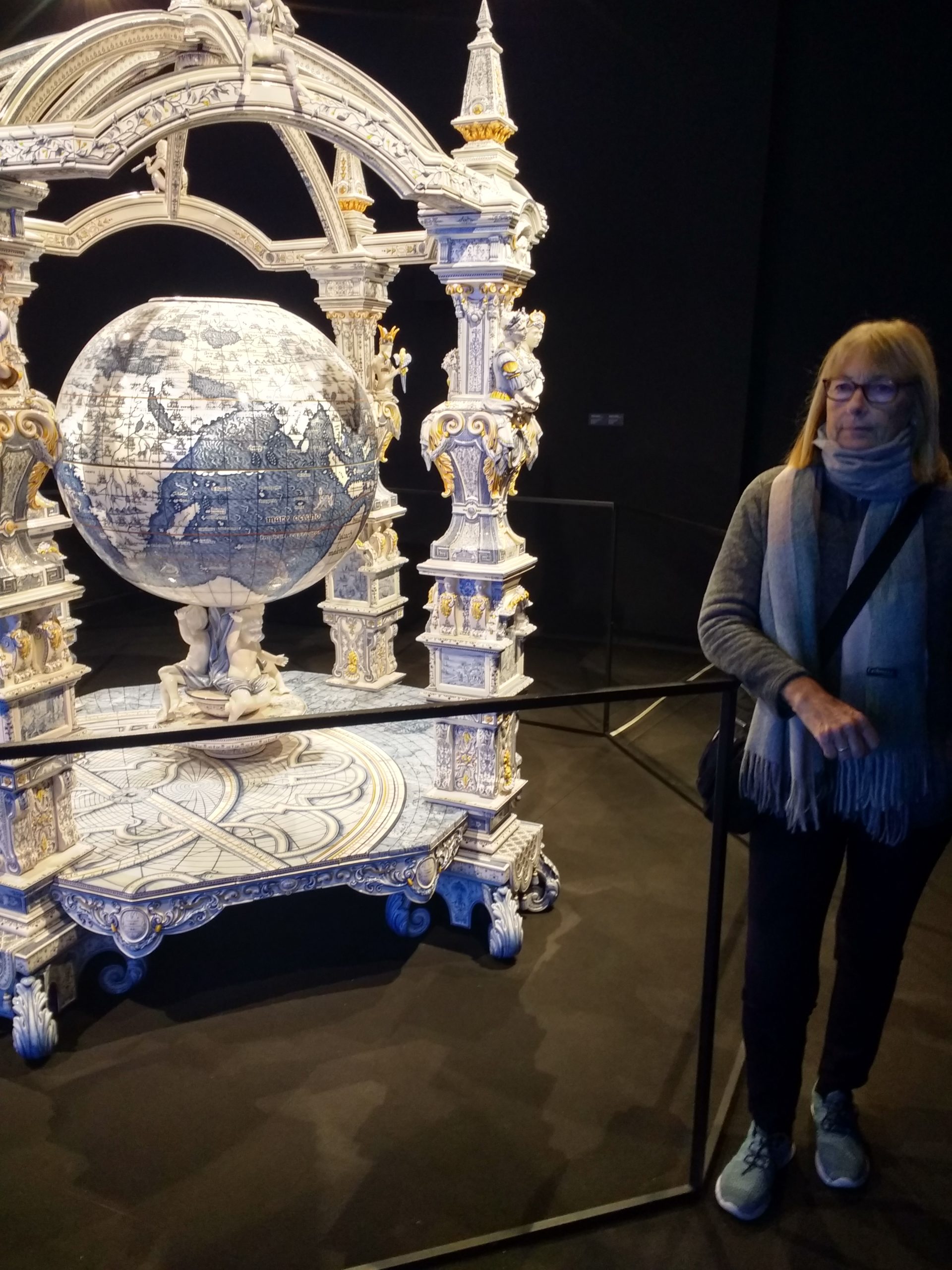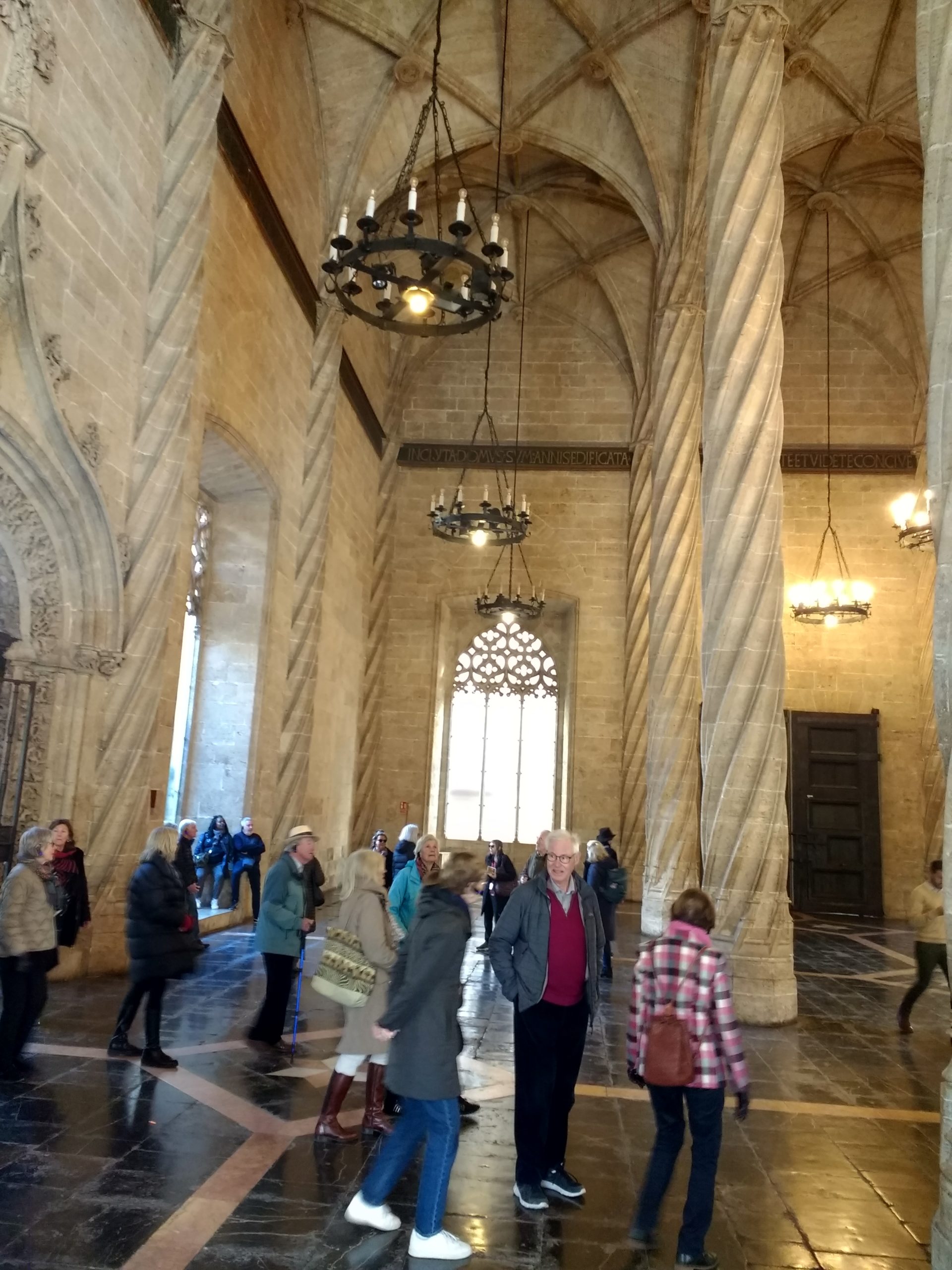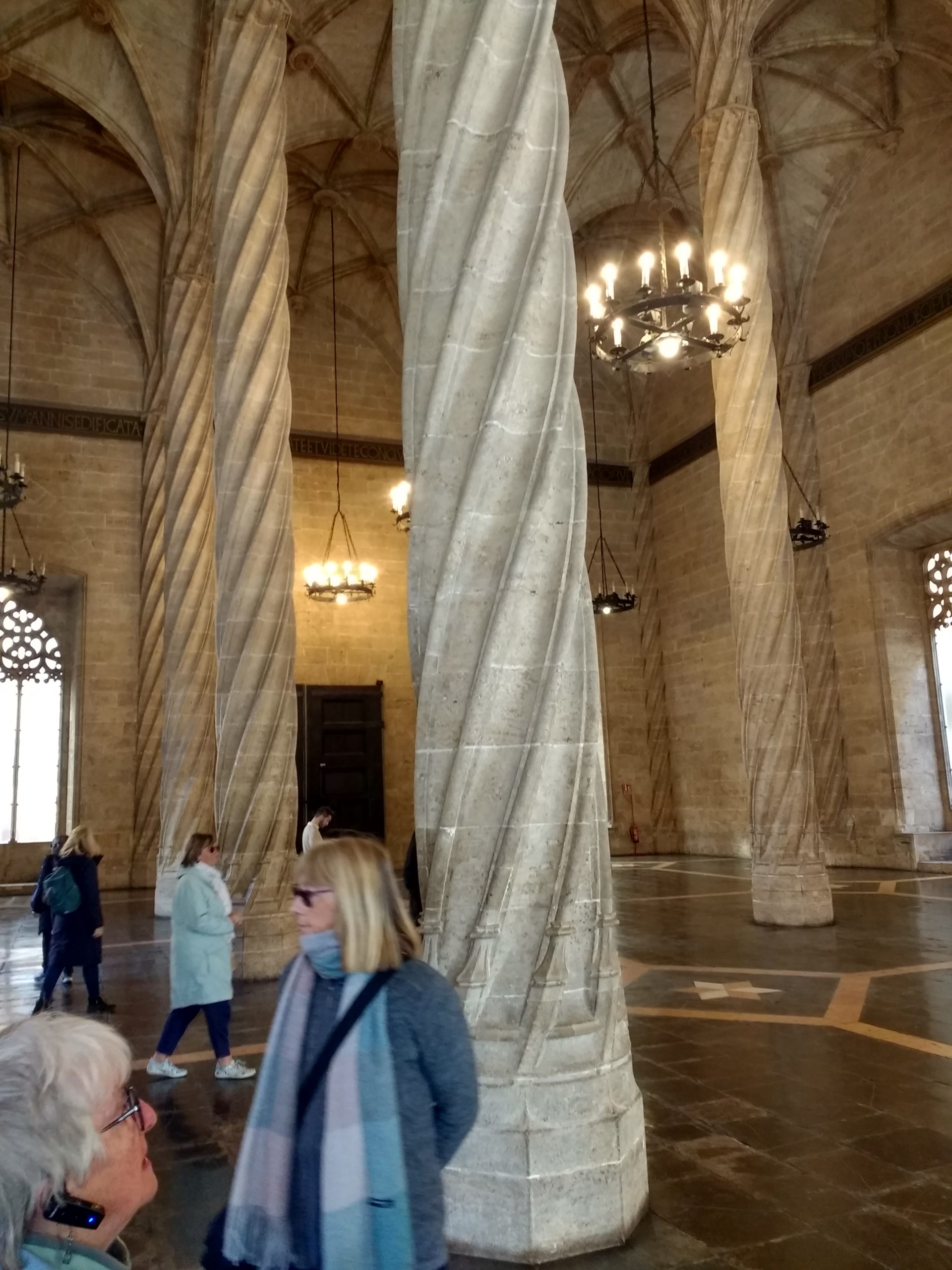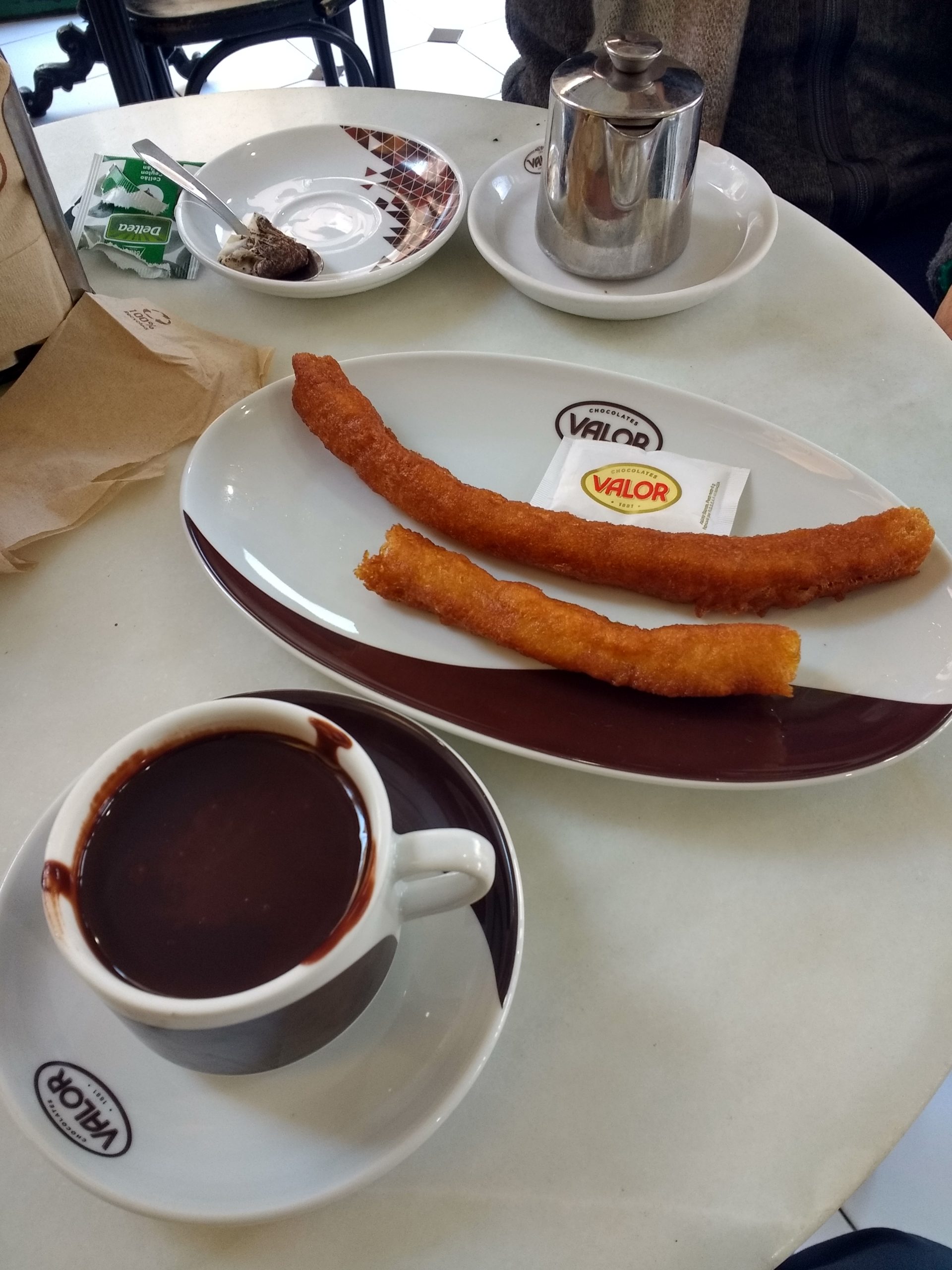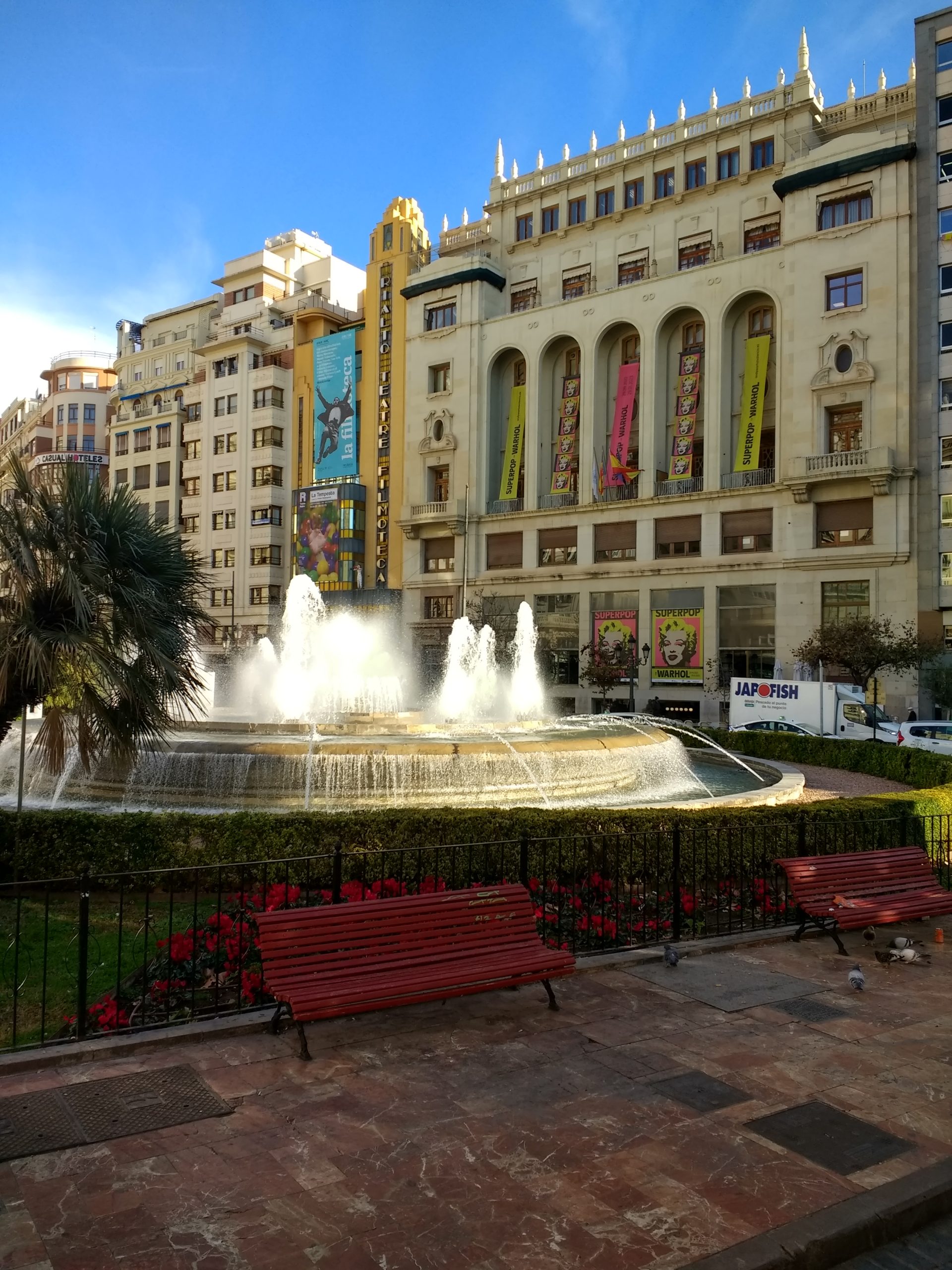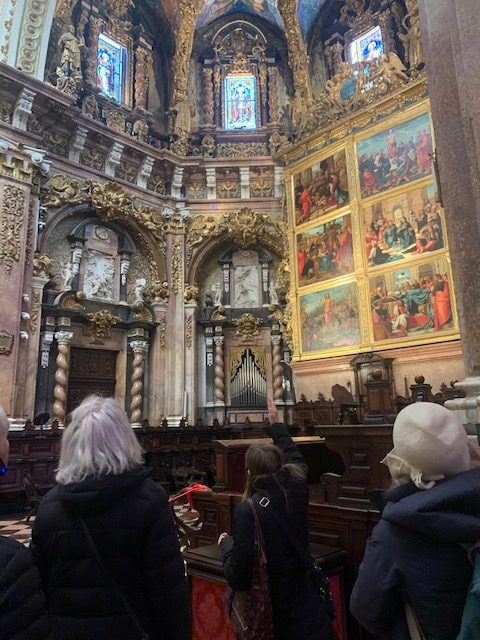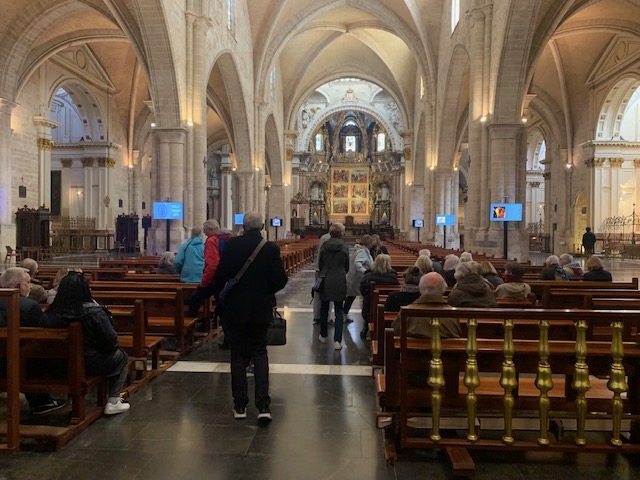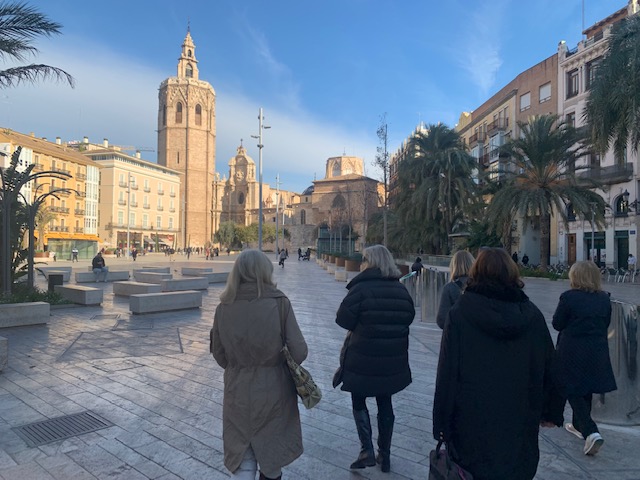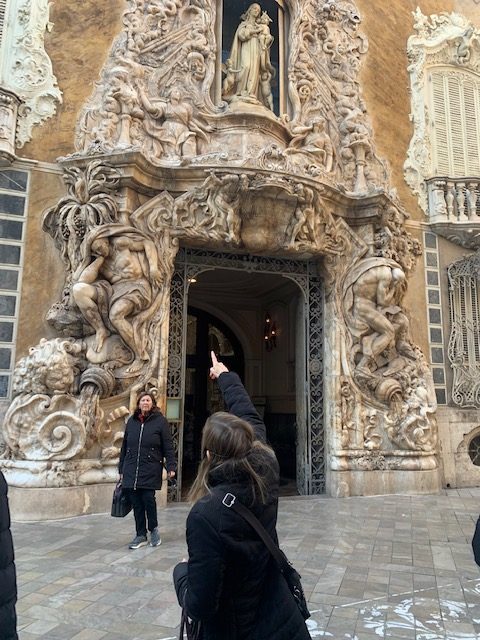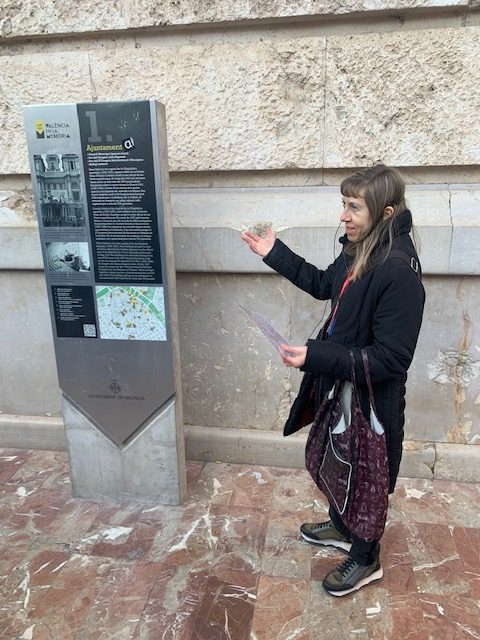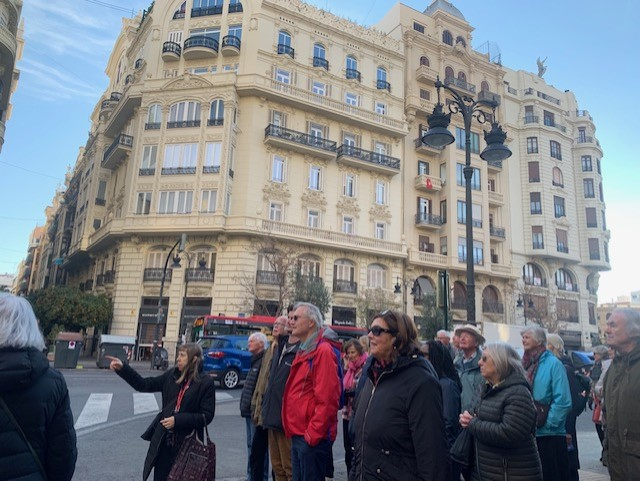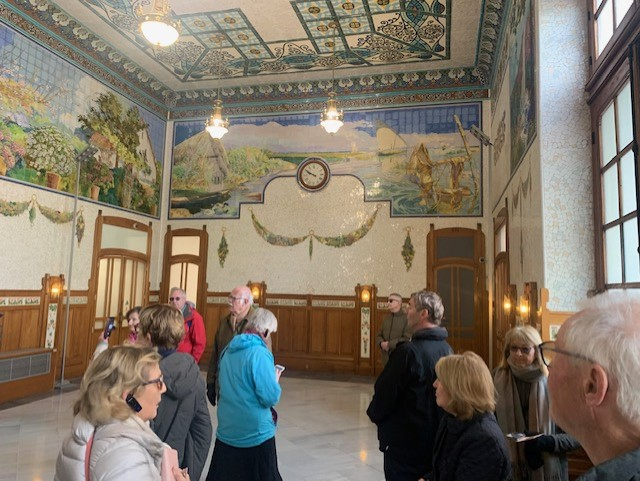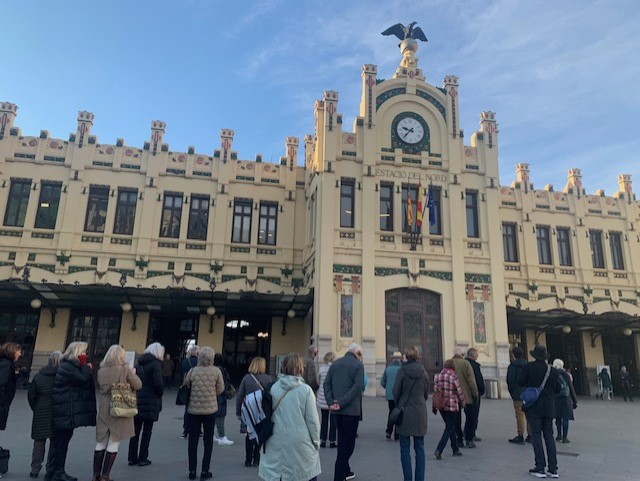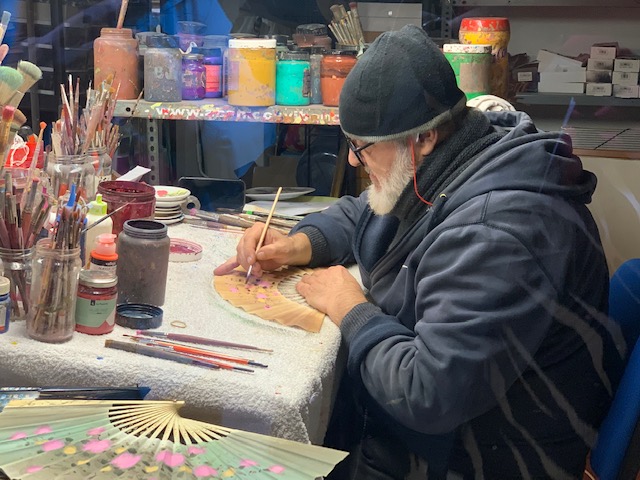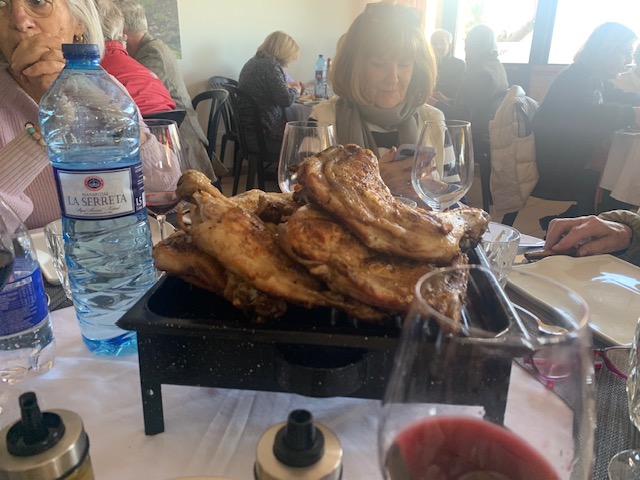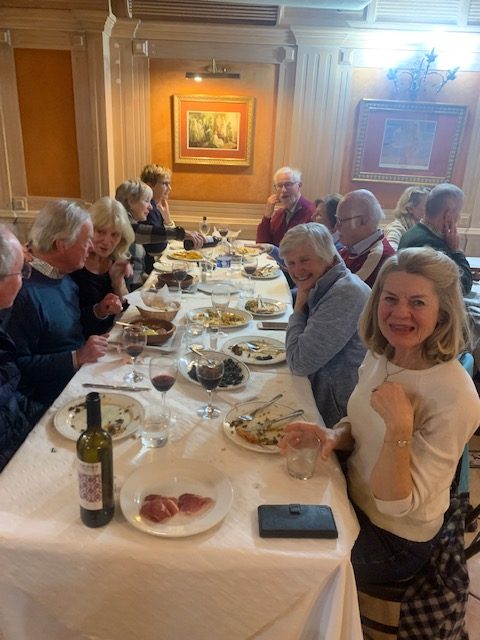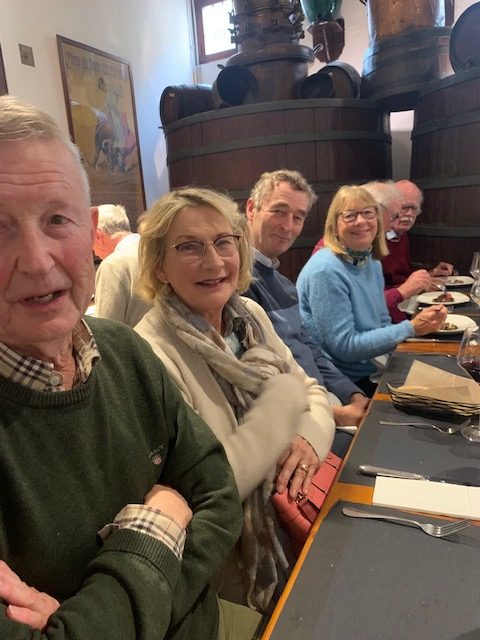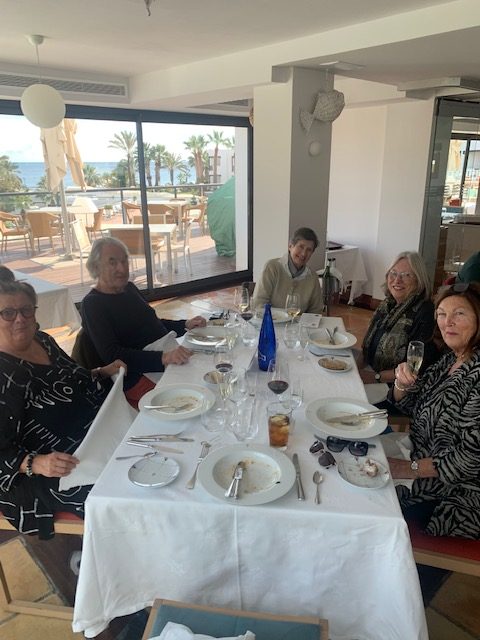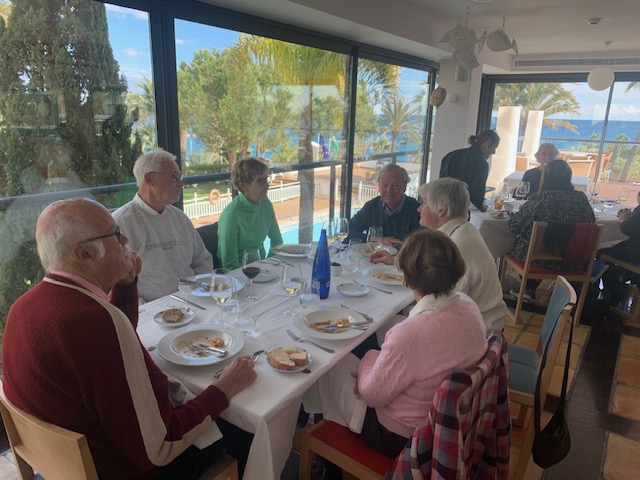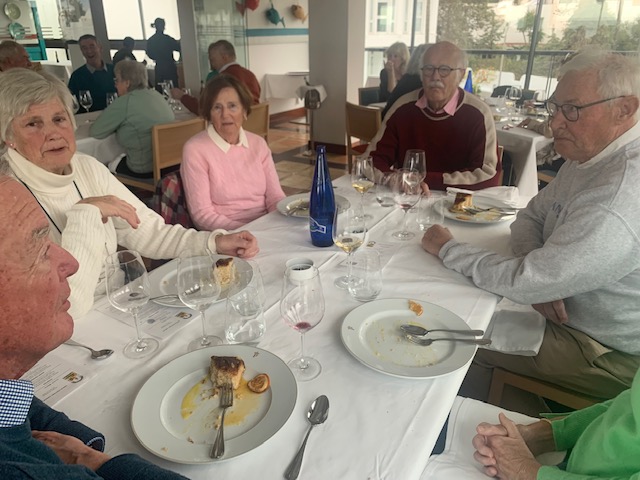On Monday 23rd of January, 31 of us set off from Nerja to Valencia for our 3 night, 4 day trip. Actually we were a group of 34, but 3 people flew directly to Valencia to meet us there. Many were regular travellers on our multi-day trips and for others, it was their first time with us on the longer trips.
We stopped outside Granada for our breakfast and chat and then continued onwards. The route was slightly inland and we passed places such as Baza, which we have visited on a day trip previously. The terrain around here becomes very sandy with different pine trees and is the location where many “spaghetti westerns” were made. We stopped for a comfort break and lunch, which we thoroughly enjoyed – the first of our gastronomic delights!
We continued on, arriving at our 4 * hotel at approx 18.00. After a time for unpacking and some r & r, we met for a welcome glass of cava at 19.30 in the piano bar – it has the longest piano we’d seen but sadly, no-one from our group could play. Then we had a lovely dinner in the hotel and a good night’s sleep.
After an excellent buffet breakfast, we met our guide, Angela and were each issued with a whisperer ear piece, so that we could all hear her whilst on our walking tour of the old city. We passed the bullring, which is still in use on occasions and went inside the modernist jewel, Estacion del Norte, (North railway station) which has stunning tiles. We then walked towards the Plaza Ayuntamiento, passing some wonderful architecture and stopped in the square itself to hear about the buildings. We continued on to the Plaza de la Reina (Queen’s Square). Angela then guided us through the gothic Cathedral of Valencia, built on a Roman temple, later a mosque. Inside, we quite literally found the Holy Grail – archeological studies lead us to think this chalice was used by Jesus in the Last Supper. It is kept in the Cathedral. Other delights were original paintings by Goya and Caravaggio. We then indulged in the best hot chocolate and churros in town at Valor, in the Plaza de la Reina.
We continued on to see various churches, the outside of the ceramics museum which has a wonderfully impressive facade and spent a short time in the municipal market, which is highly decorated. We also saw fans being handpainted – fascinating. We then moved on to the building of the silk exchange, which has extraordinary pillars within and is surrounded by lovely gardens. Our morning walking tour of the old town finished at Restaurant El Forcat, famous for paella. We had a 3 course lunch – most of us enjoyed a taste of 3 different rice dishes : original paella with rabbit and chicken, black rice from squid ink and a seafood paella. The rest of the day was free. Some people chose to visit the Art Museum, others the Ceramics Museum. Everyone chose places to eat and how to spend the rest of the evening.
On the third day, after our buffet breakfast, we boarded the bus for a panoramic tour on our way to the iconic City of Arts and Sciences which was designed by the avant-garde, Valencian architect, Santiago Calatrava. It is regarded as one of the 12 treasures of Spain. It is quite a spectacular artistic creation, there are 6 buildings which look totally futuristic. The contrast between the 2 parts of the city could not be more stark. We walked through the interactive science museum, looking at displays from the ceiling. Outside once again, we were told about the motive for Calatrava’s vision – his love of water, his love of nature etc. We had a guided visit of the wonderful Opera House and we had the great pleasure of being able to experience its unique acoustics as we were able to hear a few minutes of exquisite orchestral practice. (It was a truly wonderful experience. It seems that here, Calatrava had ideas for the materials to be used, which could affect the acoustics and which were quite different from any other Opera House and so experts were consulted and finally, his ideas came to fruition.) After a coffee break, we wandered through the city, looking at structures and lakes leading to the CaixaForum which is a multi-purpose space for culture, enabling exhibitions, conferences etc to take place, sponsored by Caixa bank. Sadly, we didn’t have time to visit each of the 6 buildings but those we visited and the overall view of the city were truly memorable.
We boarded the bus for a tour of the Port area before alighting in the Cabanyal district which has lovely old houses and where we had a tapas lunch at Casa Montana, an old winery from 1836. There was very animated chat as we enjoyed a menu of 6 traditional tapas. Our bus took us back to the hotel where there was time for a rest before meeting at 20.00 for a short walk to our evening restaurant. Alma del Temple is an extraordinary minimalist restaurant, displaying a mix of ages from a second-century BC Roman to a 12th C Arab wall and Gothic arches – an ideal setting for a Spanish history group! The food was delicate and delicious but in all honesty, we were still full from our lunchtime tapas and really didn’t do justice to the meal. We returned to the hotel and prepared for our departure the next morning. We met at 08.45 in reception, boarded the bus, luggage was loaded and we set off for our return to Nerja. We stopped once again for a comfort break and coffee, in Crevillent, where we had lunch on day 1 and then continued to the Parador in Mojacar for lunch. Once again, an excellent meal in their lovely glassed dining room on the first floor, overlooking the sea. We boarded the bus for our return to Nerja, many enjoying an afternoon siesta and thus missing the acres of plastic greenhouses through Almeria – the first plastic greenhouse was created in 1963. However, we were soon in familiar territory and arrived in Nerja on time at 18.30. Judging by the comments received and subsequent messages, it seems all enjoyed the trip.
Where next ?
Christina Sinclair
Co-ordinator
Nerja History Group

